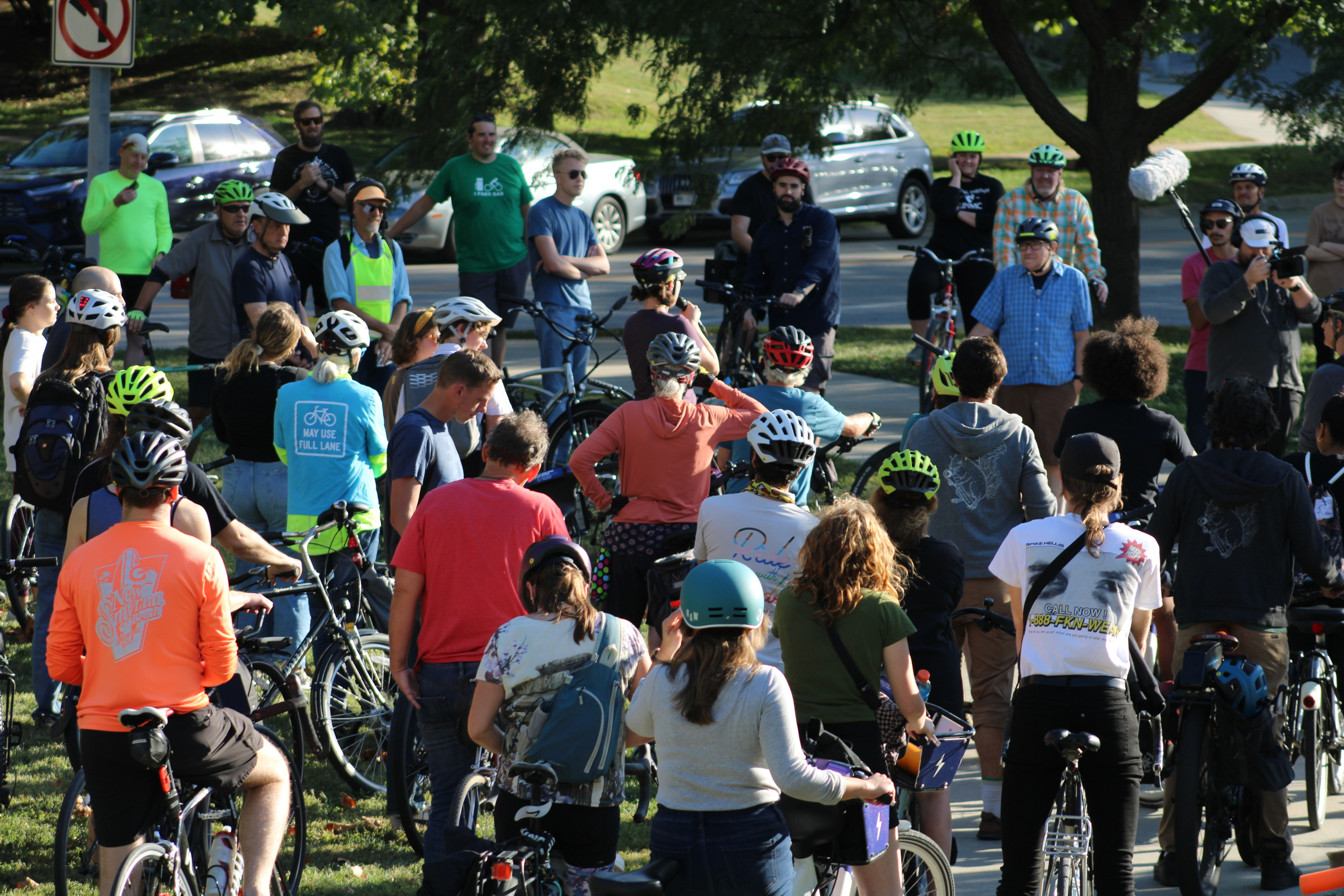[A version of this was submitted to the Omaha World Herald on 9/4/12]
The recent policy report from the Platte Institute for Economic Research on public transit featured in the Omaha World Herald (Think tank: Raise bus fares, privatize system) on Aug. 25, 2012, is based on several erroneous assumptions about transportation demand and funding.
Travel demand patterns are changing. Nationally, younger generations have substantially reduced their average annual number of vehicle miles traveled while increasing their use of public transit. A report by the Frontier Group (Transportation and the New Generation) shows that from 2001 to 2009, the average annual number of vehicle miles traveled by 16 to 34-year-olds on public transit increased by 40% while vehicle miles traveled decreased by 23%. Locally, surveys done by the Greater Omaha Chamber’s Young Professionals have found that YPs consistently call for better public transportation options. Furthermore, half of households in Northeast Omaha do not have access to reliable transportation to get to school and work so need public transit options. There will soon be a pressing need from aging baby boomers for public transit when they are not able to drive.
The report also does not seem to take into account the fact that everything in our transportation system is subsidized by tax dollars, the issue is how we choose to distribute these subsidies. Today’s transportation policies focus on moving and parking cars not on supporting transit, which means most of us have little choice but to drive a private vehicle for transportation, the cost of which is an average of $8,776 per year according to AAA (a de facto tax because we are forced to purchase and maintain a vehicle in order to participate in the community).
It is a good idea to look for ways to improve efficiencies in public transit so that market demand is maximized, but not at the expense of the broader social goals of giving more people better access to employment and other opportunities. Public transit provides many benefits to the community, including increased mobility and improved quality of life for citizens, creating jobs and economic opportunities, saving individuals money, and reducing congestion and energy consumption. It also reduces the need to build evermore parking lots, highways and interstate exchanges, which come with exorbitant price tags (new highway lanes are estimated at $1 million per lane mile).
In 2008 Metro’s funding was $29.52 per capita of Douglas County residents, ranking our metro area 238th out of the 280 largest metro areas’ transit systems in the nation (Environment Omaha, Sustainability Makes Dollars and Sense). We can and should do more, not less, to invest in public transit. Investing in public transit is investing in Omaha’s future growth, economic development and well-being.


The Centers for Disease Control and Prevention recommends expanding public transportation and active transportation for the health of all of us
http://www.cdc.gov/transportation/docs/final-cdc-transportation-recommendations-4-28-2010.pdf
I agree entirely with your conclusions. It is not wise to continue to pave over more and more of our urban landscape – and then have the cost of maintaining it – just to accommodate cars. This is 1950’s thinking, and it’s going to keep us from improving our city for future generations.
There is also a social component to routinely riding a bus or commuter train (which object I don’t expect to see in Omaha in my lifetime) – people get to know one another and that contributes to the community experience.